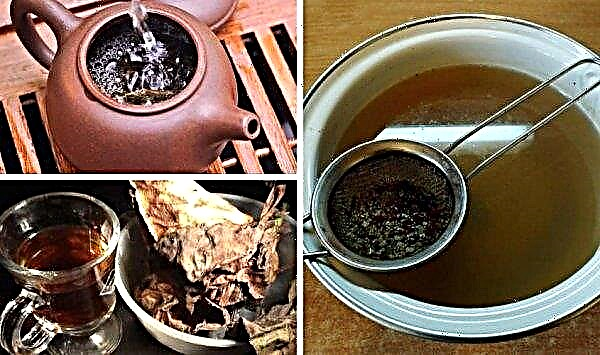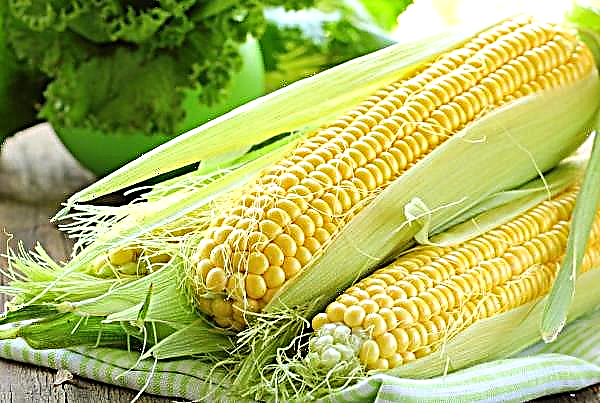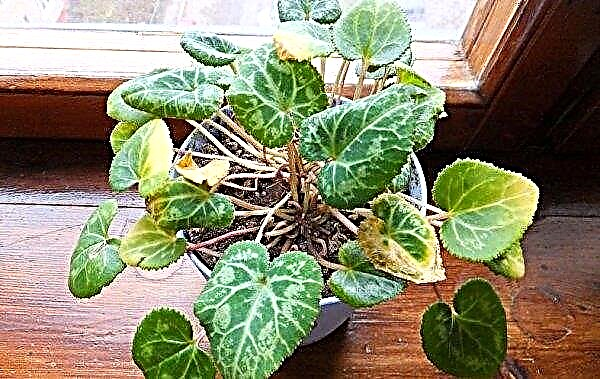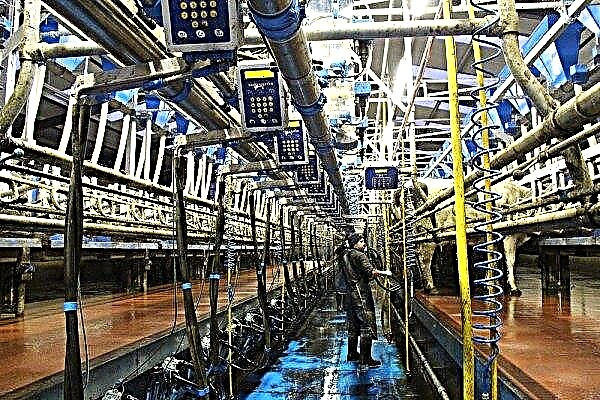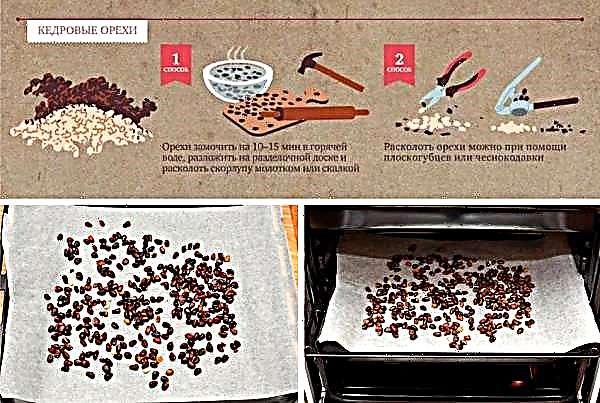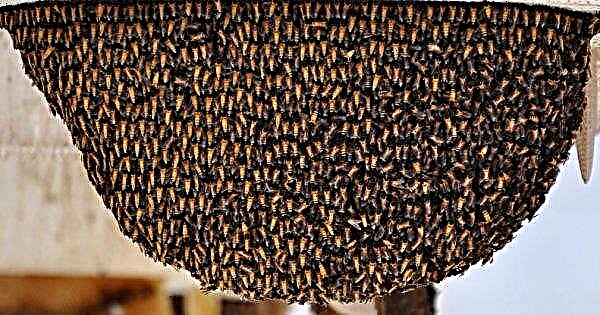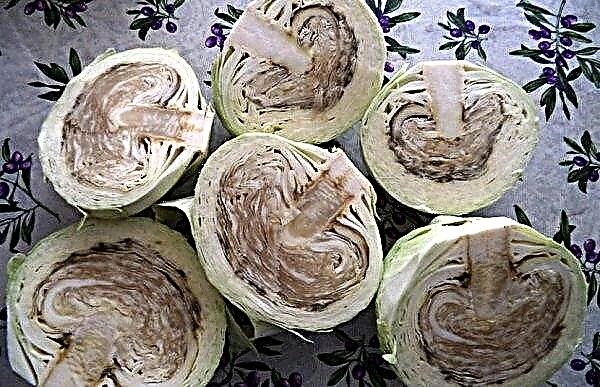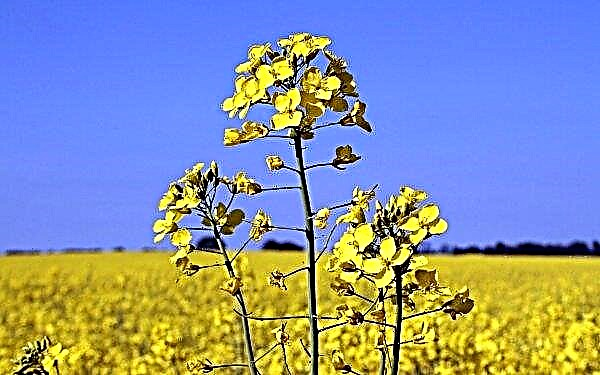Corn is popular all over the world, cultivated mainly as a feed crop (animal feed). Only a small percentage goes to food production. To get a good harvest, you need to know the features of agricultural technology. We will talk about them in our article.
The best hybrids of corn for grain
To get a good grain yield, agronomists use high-yielding varieties and hybrids with the shortest possible ripening period.
Among the existing hybrids, the best are considered:
These are early hybrids.Mid-season can include:
Among late hybrids, there are:Corn cultivation technology
Modern agricultural technologies make it possible to simplify the growing process, but it, as before, consists of: sowing, irrigation, treatment with fungicides.
Sowing corn
Before corn is sown, it needs to be sorted, calibrated and pickled. Seed is also selected for germination: it should be at least 95%. To sprout grains faster, after selection they are heated in the sun or air for 5-6 days. After etched with fungicides.
Sowing time is selected taking into account the weather, the condition of the field, the ripening speed of the variety and other indicators. As a rule, they begin to sow when the soil temperature is held at +10 ... + 12 ° С for a long time. If the variety is cold-resistant, then a temperature of two degrees lower is acceptable.Did you know? Corn — an annual plant that can grow up to 7 meters in height, which equals the height of a two-story house.
Sowing of corn is carried out in a dotted way (in a row, but with a fixed gap between the seeds). Between the rows, on average, a gap of 0.7 m is left. If the climate is moist - 0.6 m, dry - 0.9–1.4 m.
Video: sowing corn seeds in open ground
Crop rates are adjusted based on growing conditions, cereal height, fertility and soil moisture. So, in the forest-steppe, early hybrids are sown in such a way that there are 45–56 bushes on the 10 m row, provided that there will be 0.7 m between rows. For the steppe, the indicator is different: 42–45 bushes per 10 m, and mid-season hybrids are sown according to the scheme: 32–35 bushes per 10 m.
If sowing is carried out in due time, then the grain is buried by 40-50 mm in the soil. When the topsoil has dried up, it is better to deepen the seed 10-12 cm more than normal to reach the wet layer.
Important! Performing a deeper sowing is impractical, since the yield from this is reduced.
Watering
Corn is a moisture-loving crop. Its seed needs to absorb moisture about 44% of its mass in order to have the strength to break through to the surface of the earth. For a day, cereal is able to absorb 2–4 liters of water, but it does not tolerate when the soil is waterlogged. Therefore, control of soil moisture should be in the first place. It is advisable to maintain it at around 70–80%, then the culture will be as prolific as possible.
For watering corn, it is better to use the technology of underground drip irrigation. It is more effective than standard drip irrigation.
Fungicide treatment
Crops planted on the field are often attacked by pests and diseases, so you need to treat the culture with fungicides.
Among the pests annoy:- stem moth (a sparing method of struggle is the scattering of trichograms, a parasite insect, at the rate of 100 yew / ha during flowering and again 200 yew / ha, when grains begin to form; an effective method is Karate 5% ke - 0 , 2 l / ha or Nurell 20% ke - 0.4 l / ha);

- wireworm (when sown in the soil, “Diazinon” 5% g - 40-50 kg / ha or “Counter” 10% g. - 15 kg / ha are applied);
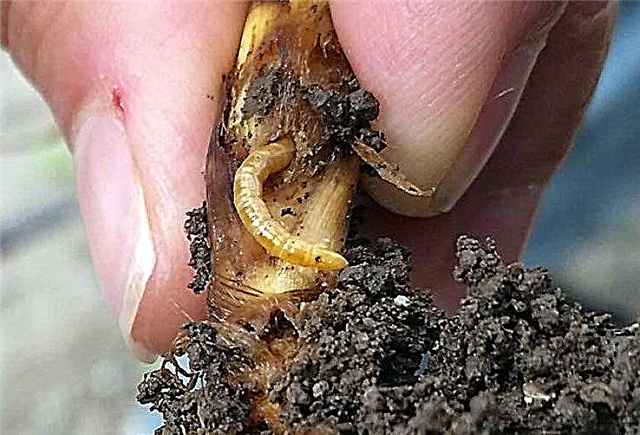
- false stranger (similar to wireworm).
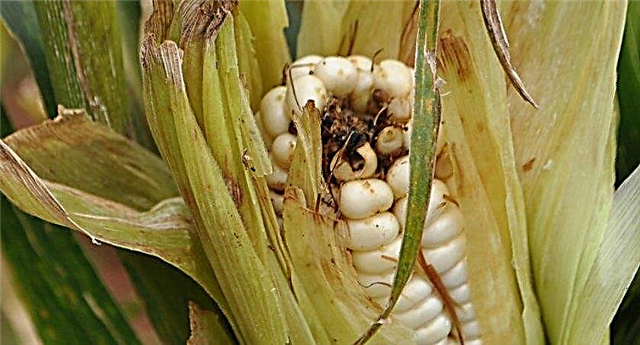
- root, stem rot;
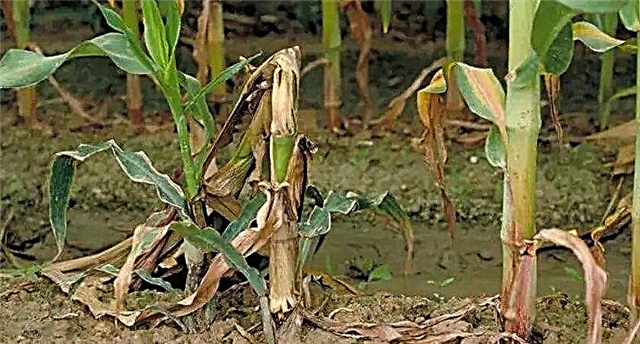
- blistering smut;
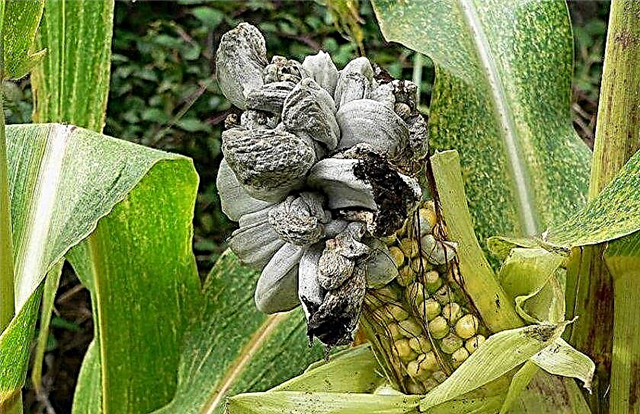
- Fusarium

Also, for a good harvest, weed control is required. Herbicides cope with them. They are introduced before cultivation of the soil for sowing or when harrowing to seedlings. An additional safety process of soil cultivation is carried out with the emergence of seedlings.
Did you know? Archaeologists claim that the Indians of America made popcorn 5 thousand years ago, mixing corn grains with sand and making a bonfire near them. After collecting the exploded balls of grain, cleaned of sand and ate.
There is a scheme by which corn is cultivated.
An approximately routing looks like this:
| Operation | Requirements | Implementation timeline |
| Soil treatment | ||
| Stubble cultivation | To a depth of 60–80 mm | After collecting the predecessor |
| The application of mineral fertilizers | N10, P80, K90 | Before chaffinch digging |
| Early Autumn Digging | To a depth of 200–220 mm | End of August - beginning of September |
| Tillage and sowing | ||
| Harrow cultivation in autumn | 0.1–0.14 m (first) 0.08–0.12 m (second) | 27.08–10.09 |
| Seed dressing | 80% TMTD 3 kg / t | Until 10.04 |
| Two-track early spring harrowing | 80 mm | Mid april |
| Two-track spring cultivation with harrowing | 80–100 mm | A day or two before sowing |
| Combined soil tillage | 50-60 mm | Before sowing |
| Sowing | Sowing depth 80–100 mm | 1–15.05 with soil ripeness and warming it up to +10 ... + 12 ° С at a depth of 0.1 m |
| Rolling | — | After sowing |
| Harrowing crops | 10–20 mm less than sowing depth | Five days after sowing |
| Spraying against weeds | Amine salt 2,4-D, 40% v. - 1.5–2.5 l / ha | With the advent of 3-4 true leaves |
| Insecticide spraying | Karate 5% ke - 200 ml / ha | In case of mass pest occurrence |
| Fungicide spray | Bayleton 25% sp - 500 g / ha | When the cobs begin to bloom |
| Collection | Ears of corn are harvested at their moisture content of 40%, grain at 28% | 10-12 days in the phase of full maturity |
Harvesting dates and storage rules
A common method is direct combining. During the harvesting process, with the help of a combine harvester, corn grains are separated from the cobs and cleaned of impurities, and then loaded onto a machine to move to the storage place. You can start harvesting when the moisture content of the grain is 30–32%. The lower the humidity, the easier it is to dry, and the fuel consumption is reduced. But delaying the collection of grain is dangerous, since it can accumulate moisture from precipitation, and if freezing starts, the quality of the product and its storage performance will deteriorate.
If hybrids of different ripening speeds are grown at the same time, harvesting starts from the earliest, so that the rest gives the grain the maximum amount of moisture. The harvesting rate of one ripeness: 5–7 days, different - 15–18 days. Delaying harvesting can adversely affect crop quality.
The collected grain contains a lot of water, impurities that make it unstable in storage. To rectify the situation, it is necessary to carry out cleaning, drying, ventilation and sorting (if necessary) of the product. First, the grain must be sorted by moisture level, so that you can determine what types of processing you need to apply to it. At 14-15% humidity, you can immediately send the crop to storage. Humidity 15.5-17% indicates the need for drying or ventilation, and higher rates - for drying.Important! When the average daily temperature drops to +5 ... + 6 ° C, and the humidity rises to 80–90%, the grain stops losing moisture. Therefore, you need to have time to collect corn before these conditions are established.
Dry corn in dryers of various kinds. After processing, the grain is cooled. Then fall asleep in the granaries. You can send the crop to the storage with a temperature not exceeding the environmental indicators by 8-10 degrees. Corn is stored in bulk in granaries, silos, silos, silos.

Estimated corn yield from 1 ha
On average, corn yields are approximately 4.5–6.5 t / ha. With the right approach to cultivation technology, you can get 10–12 t / ha in regions with a humid climate and 7–9 t / ha in the steppe zone.
Did you know? If the corn starch is diluted with water, you will get a liquid that you can go over if you pour it into a wide tank and move quickly.
The crop depends on the quality of radiation reaching the plants and used by them for photosynthesis, moisture supply, the presence of minerals obtained by the plant from the ground.
There are several formulas for calculating yield:
- On arrival PAR (photosynthetic active radiation): Qphar × Kfar = Y × C × 100, where Qphar (arrival of PAR during the growing season, kJ / ha), Kfar (COP efficiency), U (yield of fully dried biomass, kg / ha), C (calorie content of dried substance (kJ / kg dry biomass).
- Possible crop (WU): WU = (Qfar × Kfar) / (10² × KB × 10²), where WU (possible yield of dried biomass), Qfar (yield during the growing season, kcal / ha), Kfar (FAR efficiency), KB (caloric content of biomass, kcal / kg), 10² (for conversion in kg / ha and for converting design bricks to absolute values).

We have provided general information regarding the cultivation of corn. Each agronomist, based on these data, can develop his own technology for growing corn, taking into account the agro-climatic conditions in his region.







